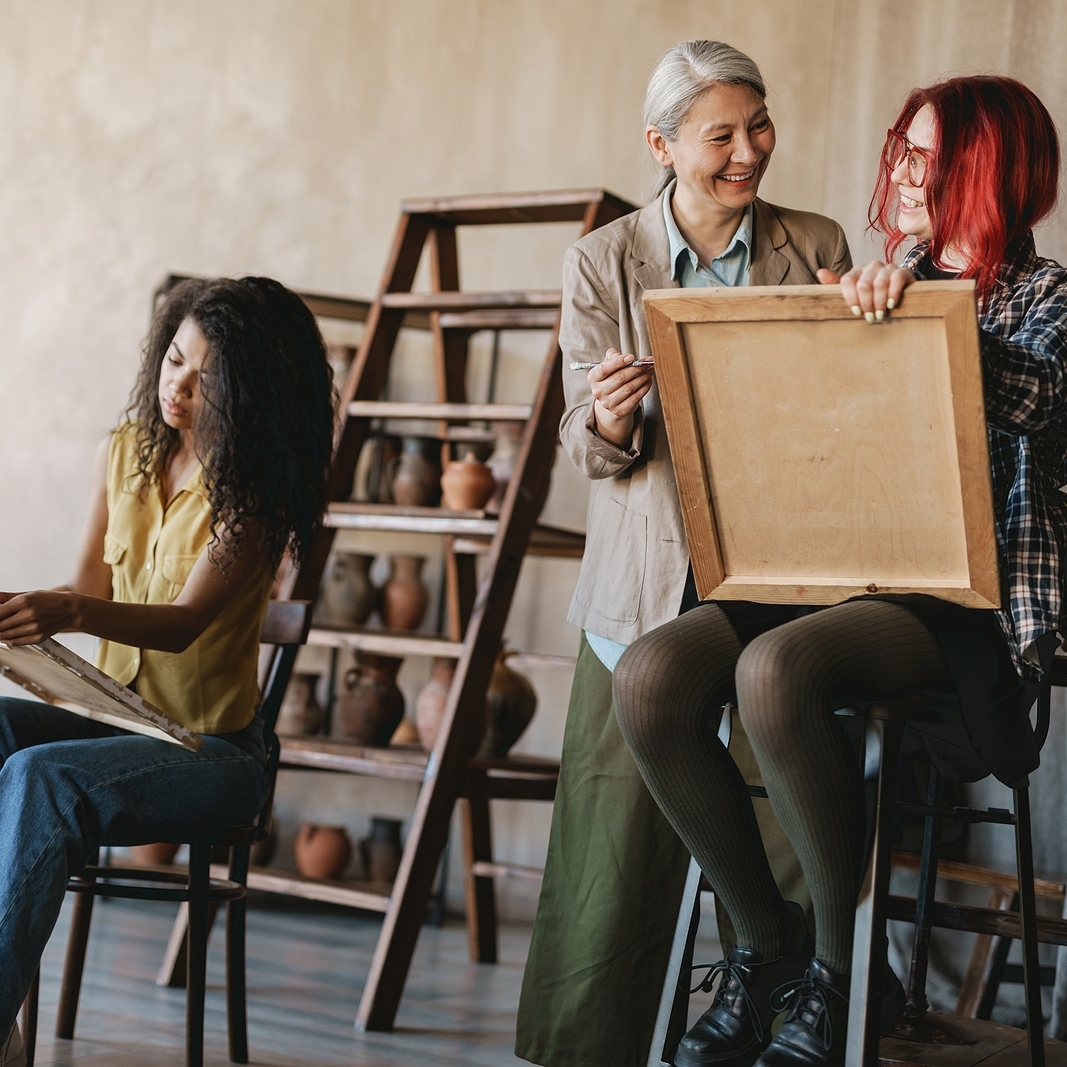Art education stretches beyond the simple teaching of techniques and styles. It is a creative journey, a process of self-discovery and personal expression. It allows students to explore different mediums, nurtures their creative thinking, and has far-reaching impacts on society. This article will delve into the importance of art education in the college curriculum, the different mediums of artistic expression, the role of help with law assignment and programs in nurturing creativity, and the impact of art education beyond the classroom.
The Importance of Art Education in College Curriculum
Art education plays a crucial role in the college curriculum, offering a unique perspective on understanding and interpreting the world. It fosters creativity, encourages critical thinking, and cultivates cultural awareness. It provides a platform for students to express their thoughts and emotions, helping them develop a sense of self and a deep understanding of human nature.
The integration of art education in the college curriculum also enriches the learning environment. It breaks down the barriers of traditional academic disciplines, promoting interdisciplinary learning. This allows students to make connections between different fields, enhancing their analytical skills and broadening their horizons. It also promotes diversity, encouraging students to explore and appreciate different cultures and perspectives.
Moreover, art education is not limited to students pursuing art as a major. It is beneficial for all students, regardless of their field of study. It offers valuable skills that can be applied in various contexts, such as problem-solving, decision-making, and teamwork. It cultivates empathy, resilience, and flexibility, preparing students for the complexities of the real world.
Artistic Expressions: Different Mediums in Art Education
Art education offers a wide range of mediums for artistic expression, each with its unique characteristics and possibilities. These include traditional mediums such as drawing, painting, and sculpture, as well as contemporary mediums like digital art, installation art, and performance art.
Drawing is the fundamental medium of art education. It is the starting point for many artists, allowing them to capture their ideas and develop their artistic vision. It teaches students the basic principles of art, such as line, shape, form, and perspective. It also encourages observation and attention to detail, fostering a deep understanding of the visual world.
Painting and sculpture, on the other hand, offer more complexity and depth. They introduce students to the use of color, texture, and three-dimensionality. They challenge students to think in terms of space and volume, pushing their creativity to new heights. They also provide opportunities for experimentation, encouraging students to explore different materials and techniques.
Digital art, installation art, and performance art represent the cutting-edge of art education. They embrace technology and innovation, breaking down the boundaries of traditional art forms. They engage students in a dialogue with contemporary issues, provoking critical thinking and social consciousness.
Nurturing Creativity: Professors and Programs in Art Education
The role of professors in art education is pivotal. They are not just teachers but mentors guiding students on their creative journey. They provide constructive feedback, helping students refine their skills and develop their artistic voice. They also inspire students, sharing their passion for art and sparking their curiosity.
Professors in art education also foster a supportive and inclusive learning environment. They value diversity, recognizing the unique perspectives and experiences of each student. They encourage open-mindedness and respect, promoting a culture of collaboration and mutual learning.
Art education programs play a significant role in nurturing creativity as well. They offer a structured curriculum, designed to build a solid foundation of art knowledge and skills. They also offer opportunities for exploration and experimentation, allowing students to discover their interests and strengths. They provide resources and facilities, supporting students in their creative endeavors.
Moreover, art education programs often involve community engagement. They organize exhibitions, workshops, and public art projects, connecting students with the local community and the broader art world. This not only enriches students' learning experience but also contributes to their professional development, preparing them for their future careers in art.
Beyond the Classroom: The Impact of Art Education on Society
The impact of art education extends beyond the classroom. It influences society in various ways, shaping culture, promoting social change, and enhancing quality of life.
Art education fosters cultural heritage and diversity. It teaches students about the history and traditions of different cultures, promoting understanding and appreciation. It also encourages creativity and innovation, contributing to the richness and vibrancy of culture.
Besides, art education plays a role in social change. It empowers students to express their thoughts and feelings, raising awareness of social issues. It fosters critical thinking and empathy, inspiring students to take action and make a difference.
Furthermore, art education enhances the quality of life. It cultivates aesthetic sensibility, enriching people's experiences and perceptions. It also promotes mental health, providing a therapeutic outlet for stress and emotions.
In conclusion, art education is a creative journey for all. It is a fundamental part of the college curriculum, offering valuable skills and insights. It provides a variety of mediums for artistic expression, nurturing creativity and individuality. It also has a profound impact on society, fostering culture, promoting social change, and enhancing quality of life. Therefore, it deserves recognition and support from all sectors of society.
